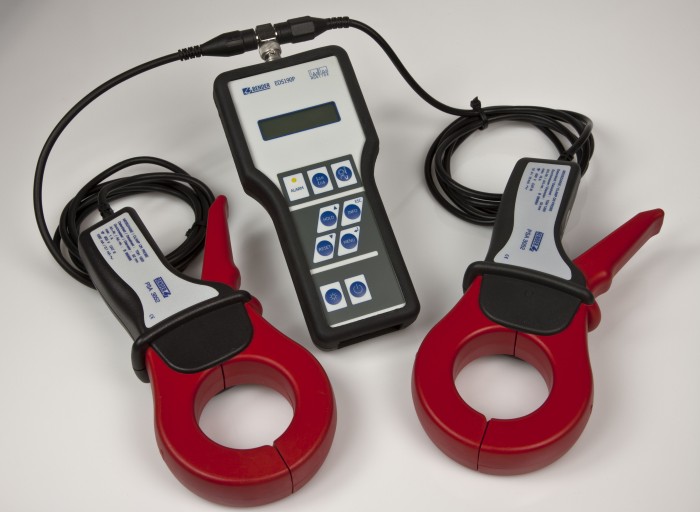New portable system for localising insulation faults in photovoltaic systems
EDS3090 is an insulation fault location system in compliance with IEC 61557-9 for use in photovoltaic systems. These PV systems must be operated as unearthed power supply systems (IT systems) in compliance with DIN VDE 0100-410 and hence ensuring increased availability. The isoPV detects all the insulation faults in the DC and AC range of the system and continuously shows the level of insulation of the photovoltaic system. In order to localise the PV module that has generated the fault, the EDS3090PG is used comprising an EDS190P insulation fault locator, two PSA3052 current clamps and a PGH185 locating current injector.

Photo by Dipl.-Ing. Walther Bender GmbH & Co. KG
Two current clamps operated in parallel allow the elimination of the operating current of the PV modules and to detect the locating current, generated by a locating current injector included in the delivery. On the basis of this principle, insulation faults, which may have occurred in up to 10,000 photovoltaic modules, can be detected quickly and reliably. These activities can be carried out during operation. Hence no losses of power feed-in arise for the system operator, which results in substantially higher availability of the PV system.
Without the use of an insulation monitoring device and an insulation fault locator, large PV system cannot optimally be used. Up to now, the entire PV system had to be shut down or parts of it and the only way to localise the faulty circuit was to monitor the insulation resistance by means of an insulation monitoring device. The EDS3090PG, however, allows insulation fault location to be carried out quickly and cost-effectively during operation.
The EDS3090 is the world’s premier equipment for insulation fault location for use in photovoltaic systems. Unique features are, for example:
- Suitable for use in PV systems up to DC 960 V
- Insulation fault location during operation
- No operational interruption, hence no losses of power feed-in
- Insulation fault location up through to the faulty module using two current clamps in parallel
- Suitable for use in open air sites due to battery operation, no additional supply voltage required
News Categories
- » NEWS HOME
- » Automation & Robotics
- » Industry 4.0
- » Material Handling
- » Sensors
- » Quality & Testing
- » Machine Vision
- » Laser & Optics
- » Metalworking
- » Motion Control & Drives
- » Hydraulics & Pneumatics
- » Process Industry
- » Renewable Energy
- » Agriculture
- » Home & Office Furniture
- » Environmental Tech



